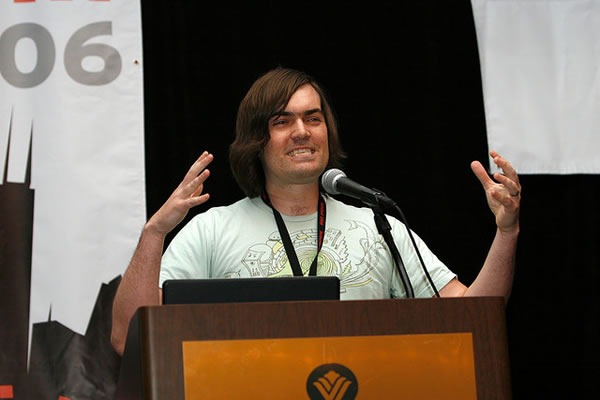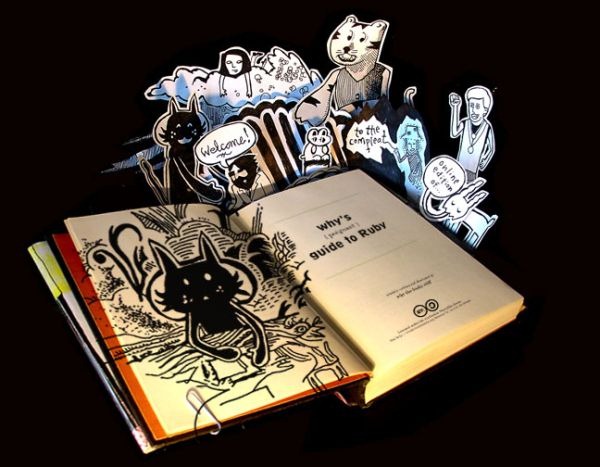
Clever programmer. Multimedia and performance artist. Whimsical writer. Oddball performer. Howard Hughes-style recluse. All of these phrases are apt descriptions of the guy most of us know only as why the lucky stiff, or _why for short.
Bold, Brief and Gone

If _why had a personal motto, it might be “Be bold, be brief, be gone.” The bold part was plain to see. His Ruby tutorial, why’s (poignant) guide to Ruby, broke away from the style of your typical programming books and went for the wild and whimsical. Only _why would take a topic like metaprogramming — something that confounds a number of experienced developers, never mind the newbies he was trying to reach in his book — and turn it into a fantastic adventure game exercise, complete with comics. Few developers have the breadth of skill and interest to make projects like Try Ruby (a browser-based Ruby shell with instructional guides) to Camping (a Rails-like web app microframework smaller than 4K) to Shoes and Hackety Hack (a UI toolkit for “web-like desktop apps” and a development environment to teach children programming) to Park Place (a “nearly complete clone” of Amazon’s S3). There may be people out there who’d be able to pull off a music-and-programming performance like the one he did at the first RailsConf, but they haven’t yet presented themselves to the world.
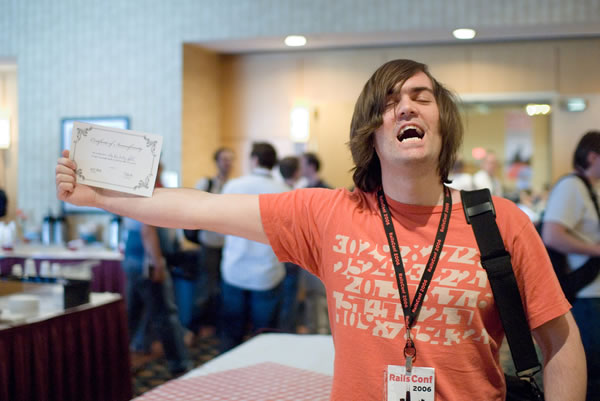
The “brief” and “gone” bits take a little more explaining. _why’s notoriety rose with Ruby’s popularity, which in turn was connected to Ruby on Rails. I remember reading some posts on one of his blogs, RedHanded, as far back as late 2003, and the (poignant) guide surfaced in 2004 and found its way into print in 2005, when the chapter A Quick (and Hopefully Painless) Ride Through Ruby (with Cartoon Foxes) appeared in the Apress book The Best Software Writing I: Selected and Introduced by Joel Spolsky. His music-and-code extravanganzas at South by Southwest, O’Reilly’s Open Source conference and the first RailsConf cemented his rep as the programmer who was also a performance artist and by 2008, people were seeking him out for all sorts of things, from personal appearances (Pete Forde tried to get him to come to RubyFringe, but convincing him to leave the US proved to be impossible) to commissioning body art (Leah Culver got him to design a tattoo for her).

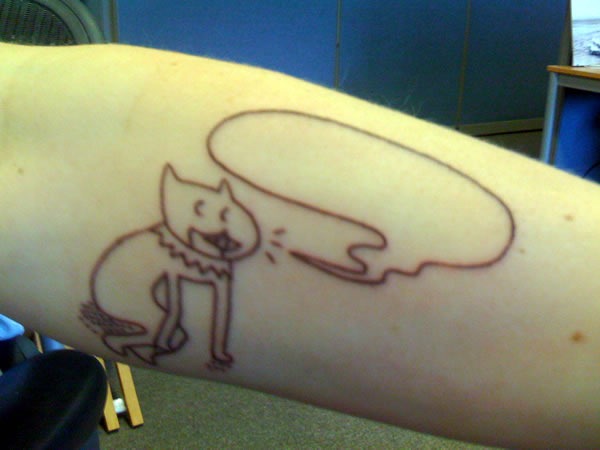
All in all, _why’s popular presence on the web spans about 5 or 6 years.

For reasons still unknown to the Ruby community at large — perhaps Matz knows and is sworn to secrecy — _why “disappeared” on August 19, 2009. It’s not that he disappeared in the D.B. Cooper sense, but in the J.D. Salinger sense: not as a legal missing person, but as a person determined to remove himself and his activities from the public eye. In the span of a day, he removed as many traces of his online presence as he could: the blogs, the sites, the projects. Luckily, there’s a lot of his work floating around thanks to his open sourcing and Creative Commons-ing of his works and the curation of many techies who appreciated them.
WhyDay Declared

A year after his disappearance from the online world, Glenn Vandenburg declared the first anniversary of his disappearance as “Whyday”. Whyday is a day to celebrate _why’s contributions to the culture and communities that have grown around the Ruby programming language and all the software built upon it. “We in the Ruby community wish him well,” goes the text on the Whyday site, “but we really miss him.”
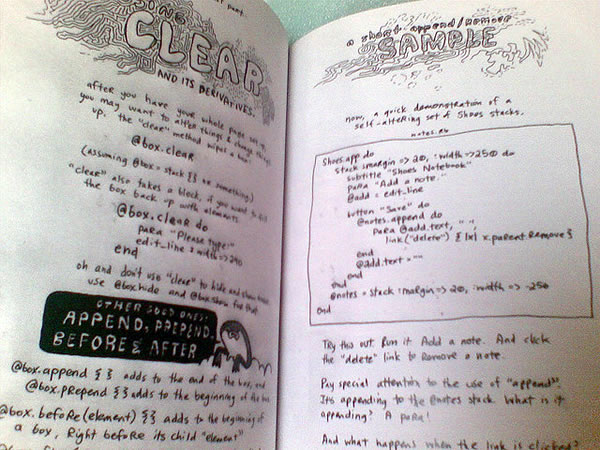
The Whyday site goes on:
Why gave us a lot of cool software and other things, but what he really gave to the Ruby community was a spirit of freedom, whimsy, and creativity. When Why took the stage at the first RailsConf, in 2006, he strapped on his guitar, walked to the microphone, and yelled “Put your best practices away!”
Discipline, care, and responsibility are important; we owe our customers, employers, team members, and families to take our work seriously. At the same time, though, we need to play. If we don’t occasionally break out of the mold of our “best practices,” we can easily miss many wonderful ideas, some of which can bear rich fruit (just as Camping and Hpricot led to Sinatra and Nokogiri).
This year, on August 19, celebrate Whyday. Set aside that day to remember Why’s contributions to our community and culture by hacking just for the fun and joy of it.
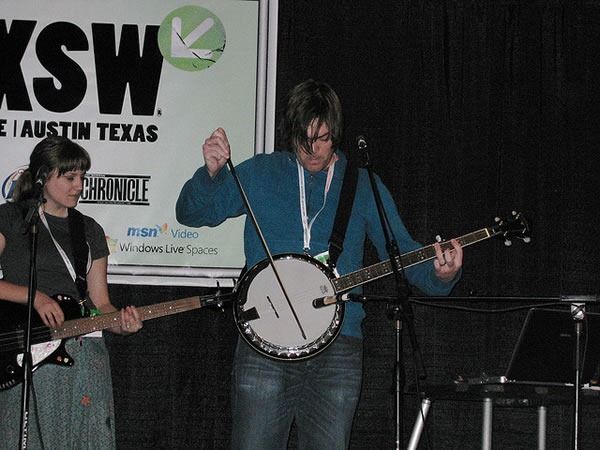
Among the things people were encouraged to do on Whyday were:
- See how far you can push some weird corner of Ruby (or some other language).
- Choose a tight constraint (for example, 4 kilobytes of source code) and see what you can do with it.
- Try that wild idea you’ve been sitting on because it’s too crazy.
- You can work to maintain some of the software Why left us (although Why is more about creating beautiful new things than polishing old things).
- On the other hand, Why is passionate about teaching programming to children. So improvements to Hackety Hack would be welcome.
- Or take direct action along those lines, and teach Ruby to a child.
I made a note of WhyDay on my personal tech blog, Global Nerdy, as well as the blog I got paid to write for (I was a Microsoft employee at the time). I didn’t get the chance to do as much as I’d like in the spirit of Whyday, probably because I was knee deep in getting ready for TechDays, a series of cross-country conferences run by The Empire.
WhyDay 2011
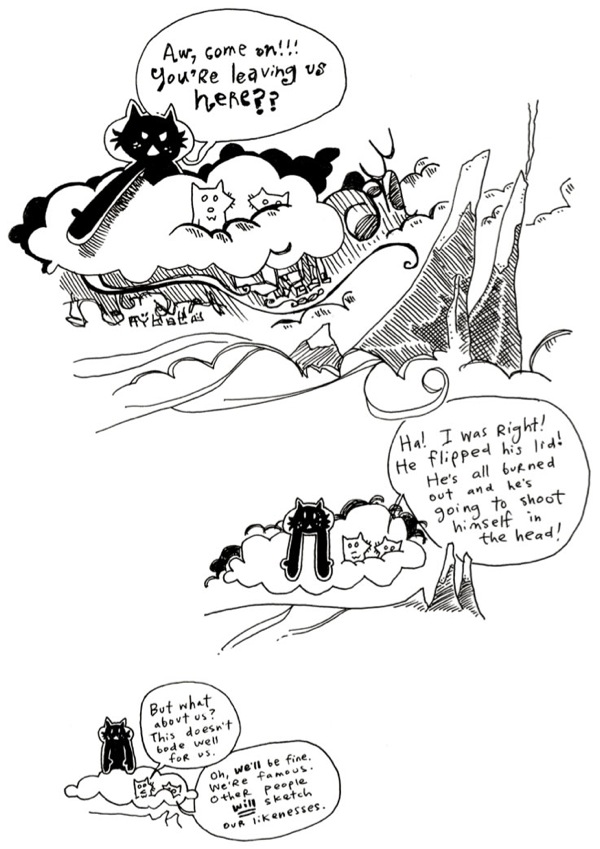
Here we are, a year after the first Whyday. I’ve done some quick searching and haven’t found any mention of celebrating Whyday this year, so I’ve taken it upon myself to spread the word. It probably helps that I’m no longer at Microsoft and now in Shopify, which not only builds stuff on Ruby and Rails; it was also co-founded by an original member of the Rails core team, and people here are writing the next edition of Rails in a Nutshell. This place just oozes Ruby.
_why might not want to be celebrated, but in my mind, _why isn’t the real reason that Whyday should be celebrated anyway. I think it’s more about the spirit of what _why did: really getting to know the tools you’re using, helping people understand those tools using unorthodox means whenever conventional means just don’t get the point across, and building great tools when the tools you want don’t exist.
It’s about finding joy and delight in your craft, and bringing to it a sense of play. It’s about making things better. All that is in the spirit of why I quit a high-paying, cushy job and joined a rag-tag team of techies in a startup, and this year, I’m going to try to celebrate Whyday — this Friday, August 19th, 2011, a little more properly.
How about you?
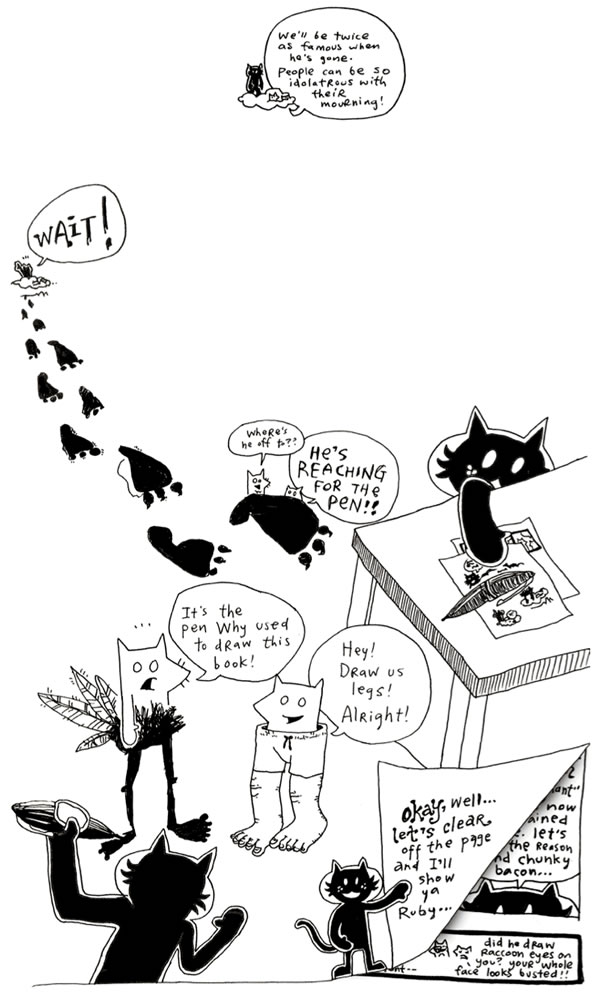
This article also appears in the Shopify Technology Blog.
























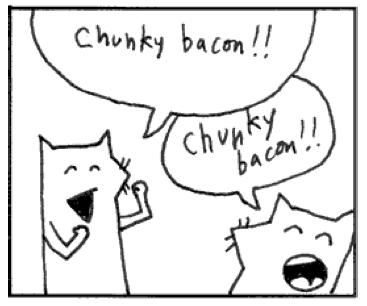 Today, August 19th, is
Today, August 19th, is 
